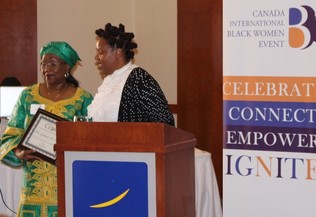
Some members of CFUW Mississauga signed the "Bank of Canada: Add women from Canadian history to Canadian bank notes" petition. This update on the petition was just posted on December 9, 2016:
- We did it! For the first time in Canadian history, a notable Canadian woman will be featured on the face of one of our bank notes. Finance Minister Bill Morneau announced on December 8, 2016 that he selected civil rights icon Viola Desmond to appear on the front of a new $10 note which will be issued in 2018 by the Bank of Canada. Both Morneau and Status of Women Minister Patty Hadju acknowledged.

